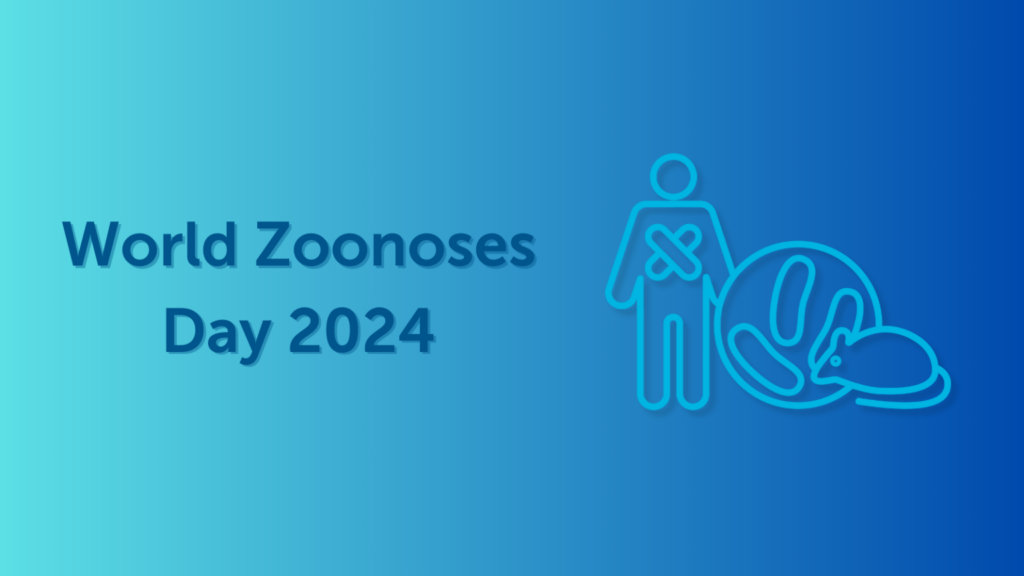
In December 2019, the world was struck by the outbreak of COVID-19, the disease caused by the Severe Acute Respiratory Syndrome Coronavirus 2 (SARS-Cov-2), with the first cases reported in China. The disease soon permeated many countries and territories across the world, leading to the WHO declaring the outbreak as a pandemic in March, 2020. The following months saw border closures, movement restrictions, the shutdown of different sectors as well as dipping economies and health systems, as the virus continued to exert its toll on lives. Over four years later, COVID-19 evidently still lurks around, but we are arguably learning to live with it, as the WHO confirmed last year that the disease was no longer a public health emergency.
However, while we continue to make efforts to thrive beyond COVID-19, experts have warned that we may as well begin to prepare for another pandemic. This finding stems from the reality that COVID-19 is just one of the hundreds of thousands of other diseases, waiting to ravage the human race, all belonging to a group known as zoonoses (or zoonotic diseases).
What are zoonoses?
Zoonotic diseases are simply diseases that are transmitted between humans and animals — both wild and domesticated. This transmission can occur through different means, including direct contact with an infected animal (as in the case of Rabies), consumption of undercooked animal products, and animal bites. According to the WHO, zoonoses account for about 60% of all infectious diseases. A cursory look at the global pattern of epidemics and pandemics in the past decades and centuries also reveals the occurrence of several zoonotic diseases, including the Spanish Flu, Asian Flu, HIV/AIDS, Swine Flu, Ebola and the most recent COVID-19. Unfortunately, these diseases may not be the last, or even the worst. Studies have shown that there are about 700, 000 zoonotic diseases that can affect humans in the future, if we do not prevent them.
The need to prevent these infections highlights the importance of the World Zoonoses Day, usually celebrated on every July 6, with the aim of raising awareness on zoonoses and drawing the attention of the world to their impact on human and animal healths. The Day also emphasizes the need for improved research on the prevention of zoonotic diseases and advocates for better human-animal relationships.
The theme for this year’s World Zoonoses Day focuses on:
- preventing zoonotic diseases,
- managing the threats of future infections and;
- designing frameworks for preparedness and response to the diseases.
What causes zoonoses?
Many factors contribute to the transmission of infections between humans and animals. Some of them include:
- Climate and environmental changes
- Poor livestock farming practices
- Excessive exploitation of wildlife
- Deforestation
- Economic growth, leading to urbanisation and encroachment of wildlife habitats
- Poor handling and cooking of foods
- Poor care of pets
- Poor sanitation practices
- Indiscriminate exposure to wild life
How can we prevent zoonotic diseases?
The prevention of zoonotic diseases requires the collaboration between multiple key players. These includes individuals, healthcare workers, researchers, veterinarians, governing bodies amongst others. At the individual level, the following can help prevent zoonoses:
- Appropriate vaccination of humans and pets
- Proper hygiene, sanitation and food handling practices
- Vector control and prevention of animal bites
- Use gloves and other personal protective equipment while handling wild animals
- Avoid direct contact with infected animals and take unwell pets to the veterinary doctor.
- See a doctor immediately if you think you might have been infected by an animal.
Ultimately, the World Zoonoses Day reminds us that human, animal and environmental healths are closely related. If we stay mindful of this relationship in our health seeking approach, perhaps, we can improve our chances at ensuring that COVID-19 remains the last pandemic that plagues our world.









